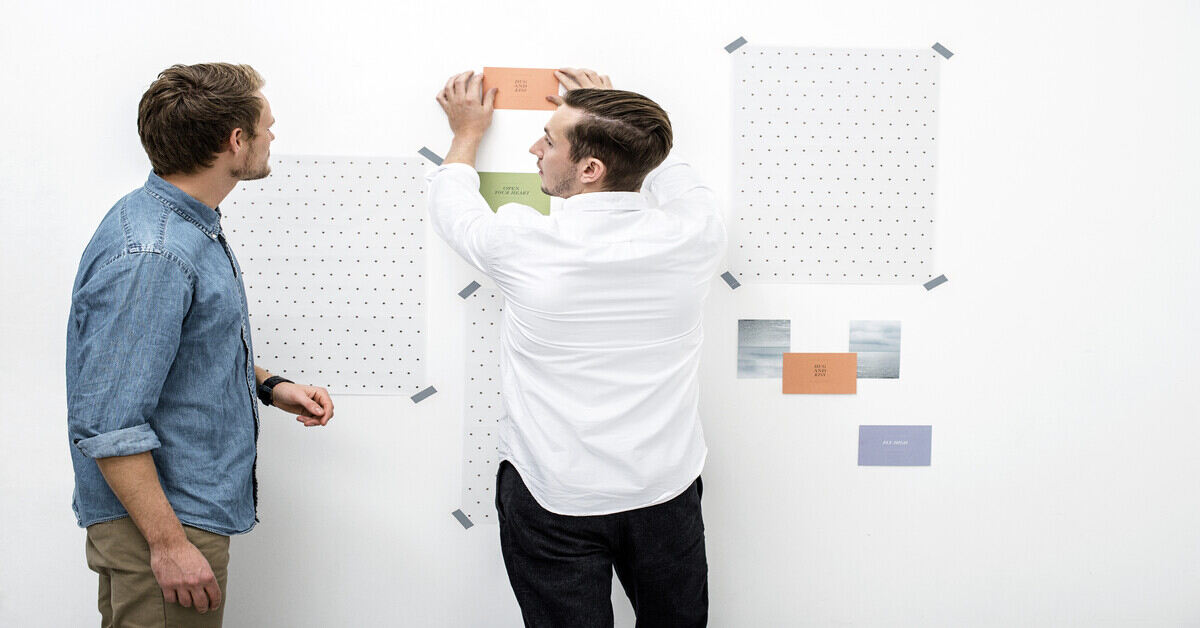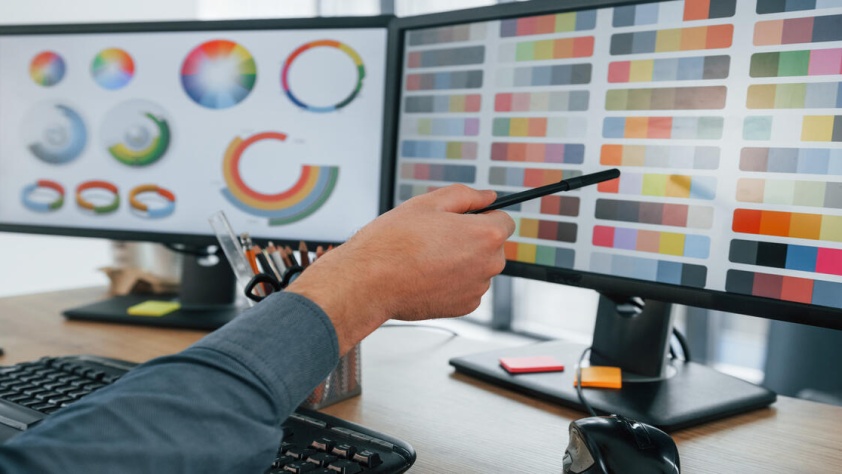Feedback has become a very important element of design in the modern design environment. The inclusion of feedback can play a significant role in improving the quality and relevance of the final product whether you are working on a graphic design, web development, product design, or user experience (UX). The blog discusses the significance of feedback during the design process, which in turn can help in terms of encouraging creativity, increasing usability, and ultimately increasing the success of the design.
Learning the Design Process
Design process refers to a systematic procedure that takes a designer through the entire product development process of the design concept. It generally deals with a few phases, which consist of research, ideation, prototyping, testing, and implementation. Feedback is vital to every of these stages as it acts as a point of contact to refinement and integration with the needs and expectations of the users.
The reason why feedback is necessary in the design process.
1. Improves User-Centered Design
Among the key objectives of the design process, the design of products that are capable of satisfying the users can be mentioned. User feedback gives invaluable feedback about the preferences, pain points and behavior of users. Gathering feedback at different stages will help designers to make sure that their solutions are in line with real world requirements.
User testing is an important aspect of the design process as it enables the designers to see how the users will use their prototypes. This immediate feedback assists in determining the usability problems and proposes improvement areas to make it user-friendly in the process of design.
2. Fosters Co-operating and Innovation
Design is hardly an individual undertaking. It usually entails coordination of designers, developers, stakeholders and users. Feedback is an important communication tool in a team and it helps to achieve a collaborative atmosphere in which ideas can be developed and improved.
The team members share different views that might be inspiring to find a solution when they give feedback. Such a feedback loop between teams will promote creativity and may result in breakthroughs that otherwise will not be discovered in solitude. The adoption of the open feedback culture can greatly improve the design process and the quality of the results.
3. Validates Design Decisions
During the design process, designers make a lot of decisions including the layout, color, functionality, and features. The feedback serves as the validation tool of such decisions which would assist the designers to realize what works and what does not. Constructive criticism helps the designers to be able to question something, rethink their decisions and actually be able to make better decisions.
As an illustration, in case a design option receives backlash during user testing, the designer will have an opportunity to reconsider that feature and consider different options. This is a cyclic process which is used to ensure that the end product is not only pleasing to the eye but also practical and easy to use.
4. Reduces Risk of Failure
It is possible to minimize the possibility of product failure by incorporating feedback into the design process. One way of this is to test ideas early and frequently to realize possible problems before they turn into expensive mistakes. Early identification of design weaknesses, inappropriateness to user needs, and technical issues are possible through feedback.
An example would be usability testing of a prototype to expose any problems in navigation that can be confused with. Early solution to these issues will save on time and resources which will result in a better final product.
5. Creates User Trust and Loyalty
Users would rather feel valued and interested in the product when they are aware that their opinions are important. Designers can achieve a feeling of ownership among the users by motivating and taking the user feedback. Such interaction will create loyalty and trust because users will realize that their feedback will influence the products they consume.
Besides, the reputation of responsiveness to the feedback can contribute to the image of a brand. Firms that focus on user feedback have been considered more customer-centric and thus have better relationships and user retention.
How to Successfully Collect Feedback in Design
1. Establish Clear Goals
It is important to clarify what you want to accomplish before asking people to provide their feedback. Have specific goals of the feedback process, be it validating a design idea, determining usability or getting views on particular features. The purposeful set of goals assists in directing the feedback and making it more effective.
2. Choose the Right Time
The timing is essential in the process of collecting feedback. Critiques must be requested in different stages of the design process such as: initial ideation, after having developed prototypes and after user testing. The initial feedback will assist in setting the design direction whereas subsequent feedback will assist in finding the details and finalizing the decisions.
3. Use Various Feedback Channels
Use a variety of techniques to obtain feedback, including surveys, interviews, focus groups and usability tests. Both approaches have their own insights and may be modified to fit the various processes of the design. Indicatively, usability testing can offer first hand observation of user interactions whereas surveys are able to offer generalized views.
4. Provide a Secure Feedback Environment
Foster a culture of open and honest communication by creating a secure atmosphere where all reproach is appreciated and taken into account. Encourage participants that their feedback is crucial to the improvement and they must face constructive criticism as a part of the process. This strategy can result in more open and practical feedback.
5. Analyze and Act on Feedback
The gathering of feedback is not an end-in-itself process and it is the analysis and subsequent action that will count. Sort out the feedback to determine recurring themes and rank the changes according to the needs of the users and the objectives of the project. Make the adjustments as needed and communicate the changes to be made according to user feedback to show that one is responsive.
Conclusion
Feedback is a precious commodity in the design process as one of the drivers of innovation, validation, and user-centered solutions. The active search and implementation of feedback at each phase of work allow the designer to improve the quality of work, minimize risks, and produce products that really can appeal to users.
With the ever-changing nature of the design landscape, the culture of feedback-intensive will be critical to those designers that want to remain relevant. With a focus on user insights and the establishment of collaborative efforts, designers have a chance to overcome the intricacies of the design process and eventually produce outstanding products which address the needs of the users and surpass expectations.
Ultimately, the feedback is what determines the design, so that the end product is not only aesthetically pleasing but also practical, easy to use and effective.




